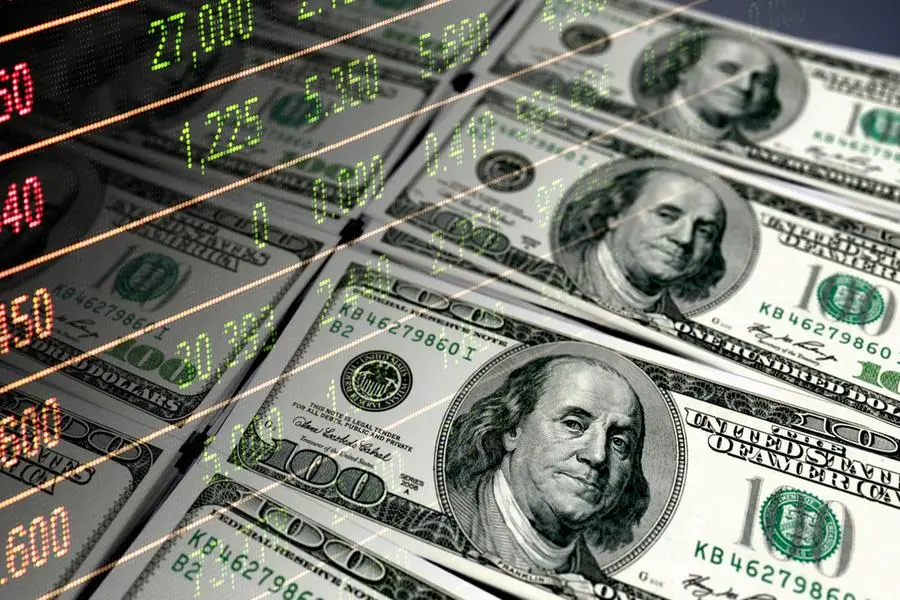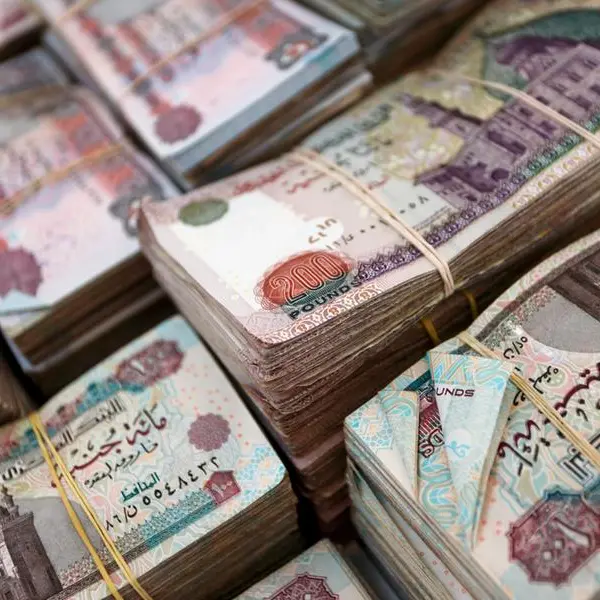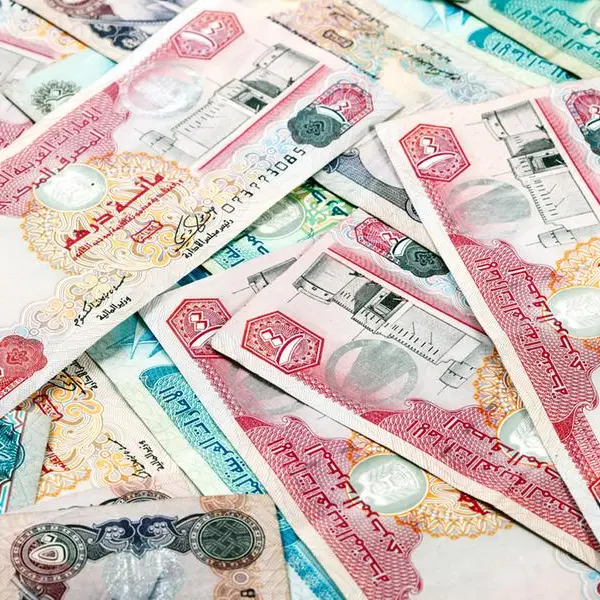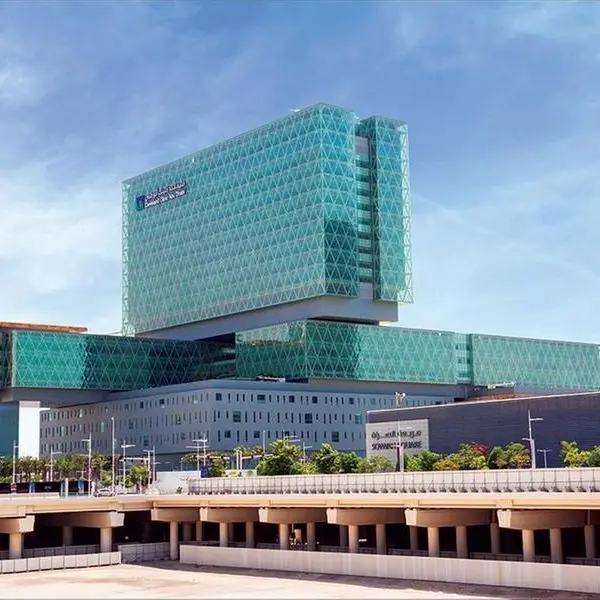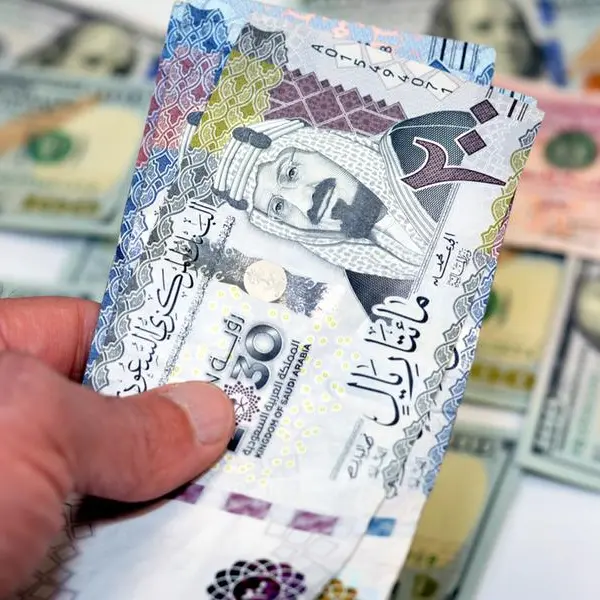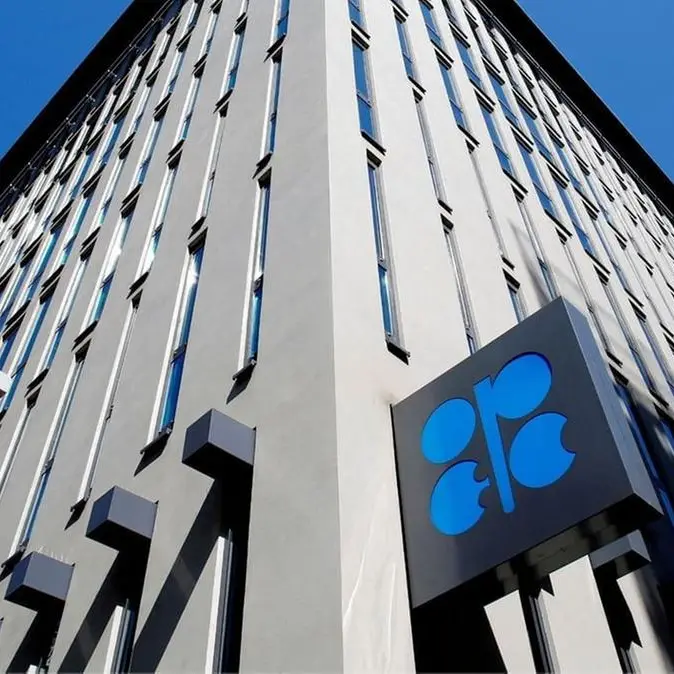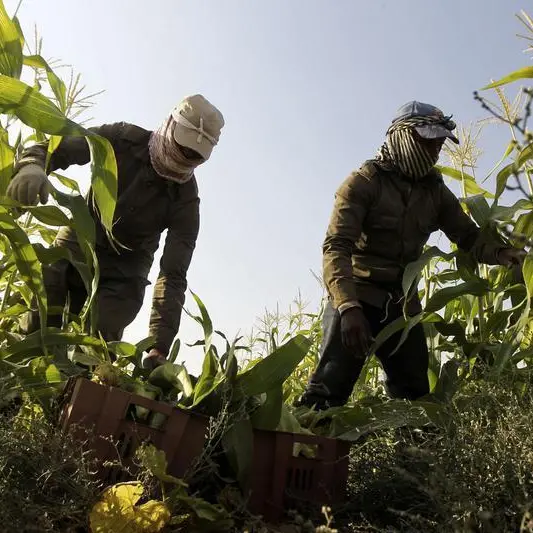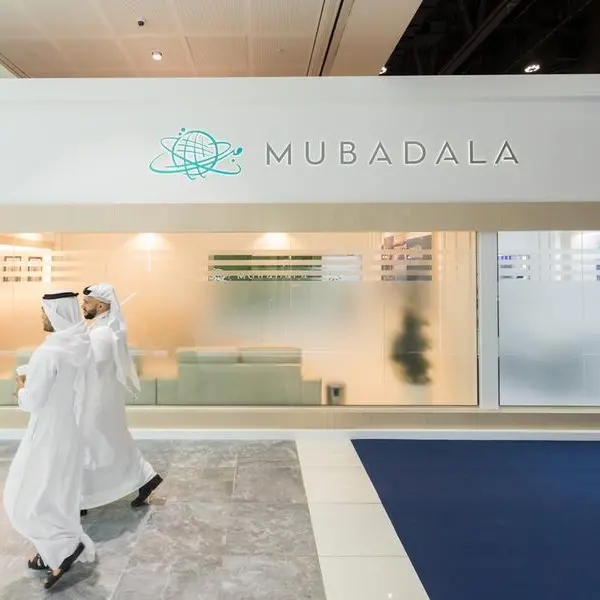PHOTO
Middle Eastern sovereign wealth funds (SWF) are set to emerge even stronger from the current economic scenario; they have more than doubled their investments in Western economies, including the US and Europe, to $51.6 billion in 2022 from $21.8 billion 2021, a new report from Global SWF's 2023 Annual report said.
Of the top 10 most active sovereign investors this year, five are from the Gulf region, the report issued on Monday added.
"This means that Middle Eastern investors are driving forward with the pursuit of “cheap” assets in Europe (including the UK) and in the US, and with more limited competition coming from their international peers. While the push in 2008 was focused only on financial institutions (and was broader than just ME funds), today, it is Middle Eastern funds that are enjoying that privileged position to chase deals across all industries."
The 40 Middle Eastern State-Owned Investors (SOIs) manage $4.8 trillion in financial capital and 12,000 personnel in human capital, according to Global SWF.
Worldwide, 2022 was the first year ever that SWFs shrank in value; Global SWF estimates the impact totaled $1 trillion. Similarly, Public Pension Funds (PPFs) have reduced their assets by $1.3 trillion, with the subsequent worsening of funding ratios. These are paper losses and some of the funds will not see them realised in their role as long-term investors.
In 2022, state-owned investors deployed more capital in fewer deals than in 2021. Compared to 2021, SWFs invested 38% more, with $152.5 billion in 427 transactions; while PPFs invested 9% less, with $ 108.6 billion in 320 deals.
Middle East SWFs, particularly those in the Gulf, are in a good position due to an average oil price of $99/barrel and to the peg of their currencies to the dollar. "For those GCC economies with lower fiscal expenditure, this translates into large surpluses, which were transferred to some of the SWFs at year-end. Therefore, the large savings funds that are more liquid and internationally focused, including Abu Dhabi’s ADIA, Kuwait’s KIA and Qatar’s QIA, are set to receive significant inflows of capital."
At the same time, the strategic funds that have large portfolios of domestic assets, such as Mubadala and ADQ in Abu Dhabi, ICD in Dubai or Mumtalakat in Bahrain, do not expect any major capital injection, but will not endure such large losses either, because of the more limited exposure to traditional bonds and stocks.
Of this year’s 60 mega-deals, i.e., tickets deployed by sovereign investors of US$ 1.0 billion or more, 26 were carried out by Middle Eastern SWFs, and 17 of them were in American or European assets, according to the report. The largest commitment was made by ADIA, when it invested $4 billion in Ardian’s fund ASF IX and $2 billion for joint co-investments.
(Writing by Brinda Darasha; editing by Imogen Lillywhite)
